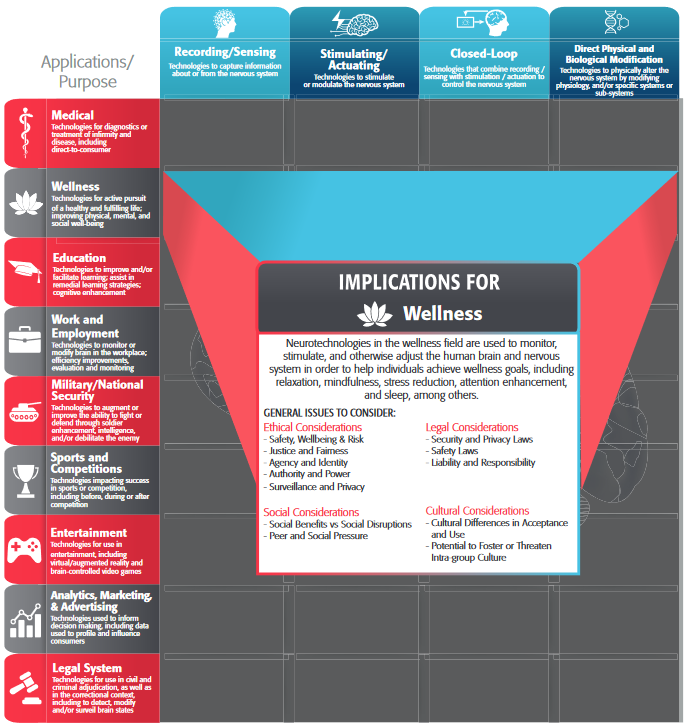Marketing Preamble Marketing as a means to advertise products can already be found on house walls in Pompeii. As a field, marketing is generally part of business economics, and in many universities, it is established as an independent degree program as well. In general, marketing can be defined as the division of business activity that has the function to present …
Legal Preamble
Legal System Preamble Since ancient times, various tools have been used across different cultures in order to mete out justice—starting with infusions, poisons, and mystical foods, such as the interrogations using “truth drugs” and the trance state in oracles from Delphi to Tibet and Shamanic cultures. Efforts to understand criminal behavior, assess states of mind, and apply interventions to modify …
Entertainment Preamble
Entertainment Preamble The field of entertainment has consistently made use of advances in technology to hold the attention and interest of an audience, to convey emotion and information, and typically to provide amusement. From the innovations of props, sets, dance, sound, music, and video that are conveyed in person, pre-recorded, or transmitted great distances, efforts to incorporate neurotechnology into entertainment …
Sports & Competitions Preamble
Sports & Competitions Preamble Sport—testing one’s abilities, talent, dedication, and performance in fair competition—differs in meaning and execution for everyone. The competition may be head-to-head against others, against a benchmark, or against one’s own self; it could happen in a driveway, in a basement, or in an Olympic stadium. Sometimes the competition is a test of physiology, sometimes a test …
Military and National Security Preamble
Military and National Security Preamble Attempts by the military to modulate the brain to optimize mental and physical performance are not novel. Increasingly, as multi-domain operations become more complex, requirements placed on decision-making, situational awareness, ability, and mental and physical performance only continues to expand. Military service members also face unique situational challenges, often including hazardous situations that can be …
Work & Employment Preamble
Work and Employment Preamble Much of life in modern society is organized by relations of work. Neurotechnology has the potential to change how we think about the meaning of work as well as the definition of the workplace. Some neurotechnologies may extend the work-day, blurring the distinction between work and leisure time. The same could be true for the ‘place’ …
Education Preamble
Education Preamble Neuroscience and neurotechnology have the potential to re-define the ways in which we characterize educational attainment and pursue life-long improvement. Moreover, the technological assessment and modification of brain functioning, whether temporary or permanent, can have profound implications for education. One might envision a brain stimulation headset that improves language acquisition without any supervision, or neurofeedback goggles used during …
Wellness Application Preamble
Wellness Preamble Wellness is a modern word with ancient and wide-spread roots. The key tenets of wellness, as both preventive and holistic, draw from ancient civilizations from the East (India, China) to the West (Greece, Rome). In 19th-century Europe and the United States, a variety of intellectual, religious, and medical movements developed in parallel with conventional medicine. Wellnessfocused and holistic …
Medical Application: Educational & Training Resources
Académie Internationale d’Éthique et Politique Publique (IAMEPH) The International Academy of Medical Ethics and Public Health was founded in 2016 on the basis of a commitment to international multi-disciplinary reflection in bioethics. The mission of the Academy is to accomplish a permanent international review of innovative questions in bioethics which can benefit from a diversity of political perspectives, culture and …
Medical Application: Ethical Guideline & Soft Law
(ongoing) The Neurotech “Ethics and Future Discussions” Working Group A neuroethics workgroup within the neuromorphic engineering community working with ethics experts and researchers to formulate strategies that ensure Neuromorphic Computing technology makes a positive and sustainable contribution to society. If you are interested in joining this WG please contact neurotech.administrators@ini.uzh.ch. (2020) Guidance document, Use of International Standard ISO 10993- 1, …


